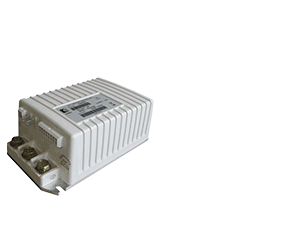For several decades, golf cars have extended beyond the golf course and have been the main mode of daily transportation in resort and retirement communities to ease traffic congestion and reduce noise. With an increasing global interest focused on reducing emissions, utilizing renewable energy sources, and protecting the environment, various industries are taking a second look at the old battery-powered golf car.
The advantages of the electric golf car stem from those that use flooded lead-acid batteries. At first, this seems contrary to the purpose, but a closer look at what is happening with this segment of the battery industry reveals a much greener and sustainable method of power.
Cost Effectiveness
According to Fred Wehmeyer, U.S. Battery Vice President/Engineering, in most cases, flooded lead-acid batteries remain as the most cost-effective method for powering golf cars and small electric vehicles over the long-term. Some would argue that Lithium-ion batteries provide a better solution. Although Lithium battery packs may provide longer cycle life, comparing actual amp-hour capacity and battery pack energy (kilowatt-hours) often shows that the flooded lead-acid battery pack provides the most cost-effective solution at an overall purchase cost and operational cost per kilowatt-hours.
Renewable And Sustainable Advantages
One of the biggest benefits to utilizing golf cars with flooded lead-acid batteries is that the batteries are recycled at a rate of 97 to 99 percent, with the recycled lead going back into new golf car batteries in a closed-loop system. According to the Battery Council International, lead recyclers undergo some of the most restrictive emissions regulations. The process of recycling lead combined with tough emissions standards has produced new methods of recycling with reduced emissions that are far below EPA regulations. The BCI reports that contamination in the air has dropped by 99 percent since 1980. In addition, a recent study released by the BCI suggests that the U.S. lead battery industry enables more than 95,000 jobs for American workers and contributed more than $28 billion in total economic output to the national economy in 2016.*
It’s easy to see why many industries have continued to utilize flooded lead-acid batteries to power everything from fleets of golf cars, aerial lifts, cleaning machines and more. In addition to reducing annual operating costs, industries and individuals embracing battery power are also doing their part to help the economy and the environment.




















